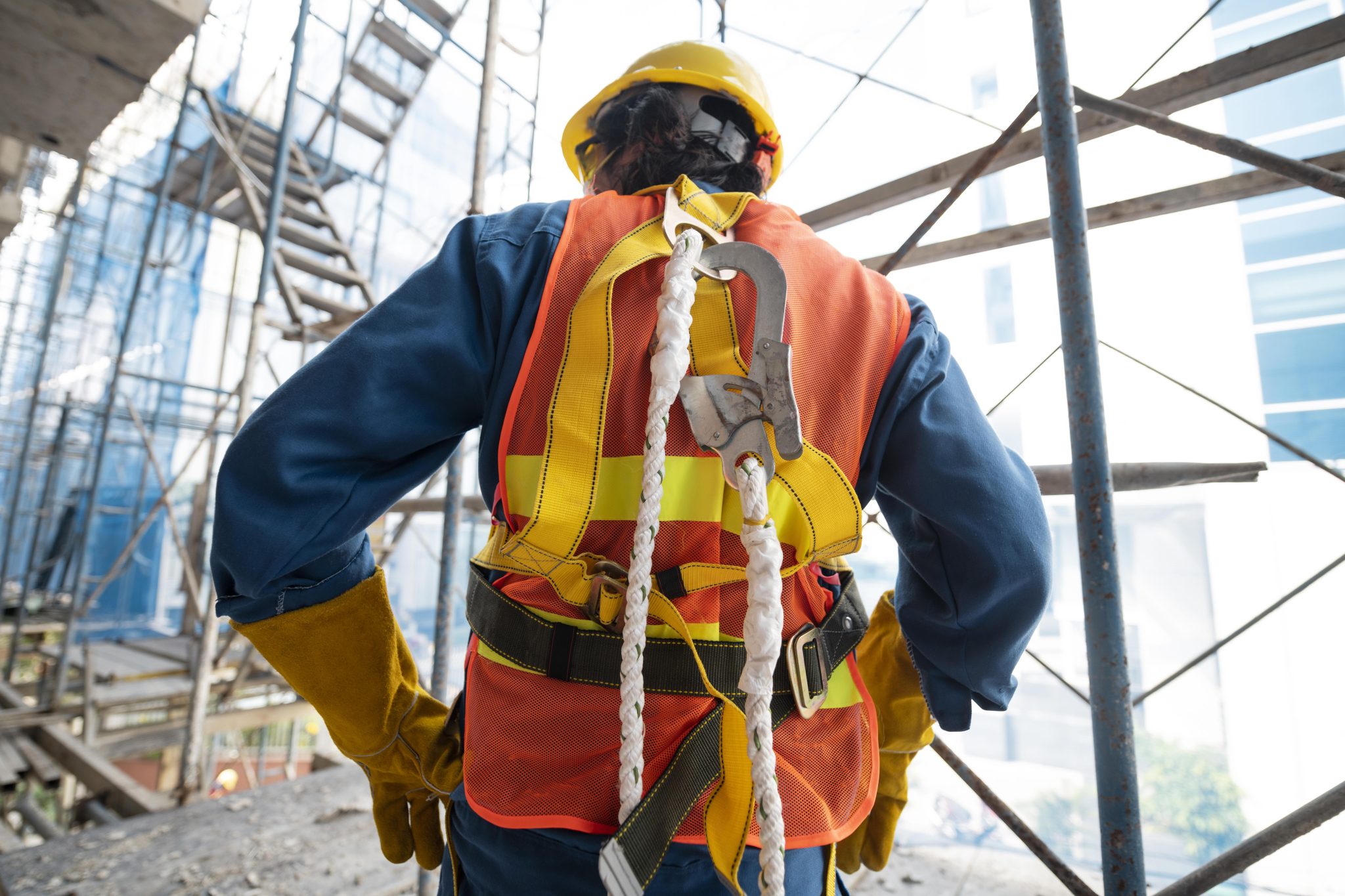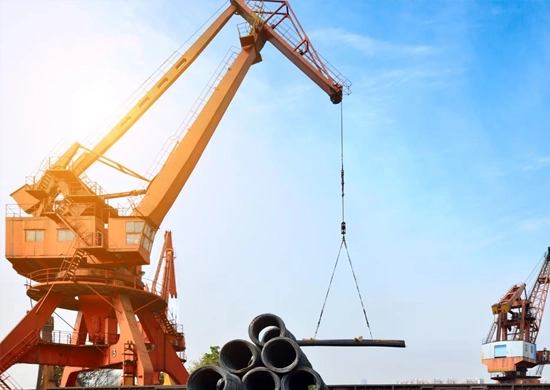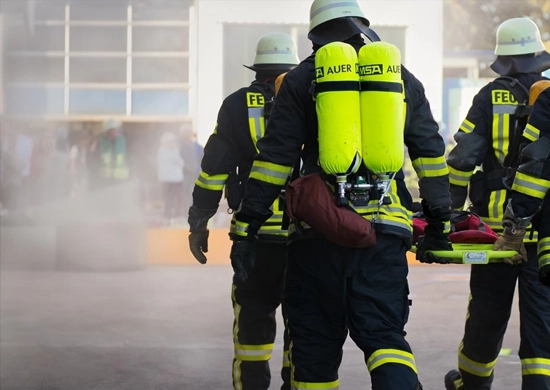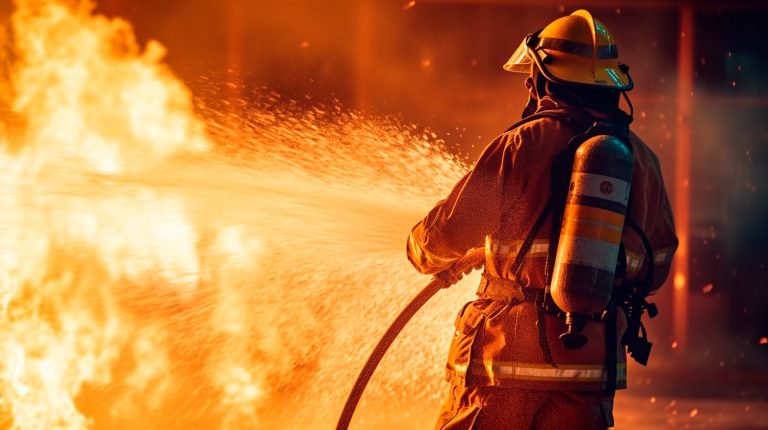Walk through any construction site in Saudi Arabia, whether it’s a gleaming tower rising in Riyadh or a sprawling project in NEOM, and you’ll see scaffolds everywhere. They’re like the unsung heroes of building, letting workers reach high spots safely. But pick the wrong scaffold, and you’re asking for trouble: wobbly platforms, falling tools, or worse. Choosing the right scaffolding system for your worksite isn’t just about getting the job done; it’s about keeping everyone safe in Saudi Arabia’s tough conditions, from scorching Jeddah summers to dusty Dammam deserts. Sustainability Leaders Company (SLC), a trusted Health and Safety Training Institute in Saudi Arabia, knows the stakes and helps workers get it right. This blog shares practical tips on picking the perfect scaffold system, so your site stays safe and productive.
Know Your Worksite’s Needs
Every worksite’s different. A high-rise in Riyadh’s King Abdullah Financial District needs a different setup than a refinery repair job in Jubail. Start by asking: What’s the job? Are workers painting a building in Khobar, installing pipes in a Yanbu factory, or building a bridge in Mecca? The task shapes the scaffold you need. For example, a quick paint job might call for a mobile tower scaffold, while a long-term project like a NEOM skyscraper might need a heavy-duty tube-and-coupler system.
Think about the site’s layout too. Is it a tight urban spot in Jeddah, with barely room to maneuver? Or a wide-open desert plot in NEOM, where wind’s a bigger worry than space? Height matters—how high do workers need to go? And don’t forget load: will the scaffold hold just workers, or heavy gear like concrete blocks? SLC’s Scaffolding Safety Course in Saudi Arabia teaches these basics, helping you match the system to the job.
Consider the Environment
Saudi Arabia’s climate is no joke. Summer heat in Dammam can hit 50°C, warping materials or making metal too hot to touch. Dust storms in Riyadh can clog scaffold joints, while coastal humidity in Jeddah rusts steel fast. Pick a scaffold system that can handle these conditions. Aluminum scaffolds are lightweight and rust-resistant, great for humid coastal sites. Steel’s tougher for heavy loads but needs rust protection in salty air.
Wind’s another factor; open desert sites like NEOM get gusty, so scaffolds need strong anchoring. Check local weather patterns and site exposure before deciding. SLC, one of the top Safety Training Providers in Riyadh, Saudi Arabia, emphasizes environmental factors in their training, so workers know how to choose systems that stand up to Saudi Arabia’s harsh elements.
Prioritize Safety Standards
Scaffolds are only safe if they meet strict standards. In Saudi Arabia, construction sites follow local regulations and international codes, like those from OSHA or BS EN standards. Make sure your scaffold system complies, look for certifications on materials and design. Tube-and-coupler scaffolds, for instance, are versatile but need precise assembly to meet safety rules. Modular systems, like Cuplock, snap together more easily but still require certified components.
Don’t skimp on quality. Cheap scaffolds might save riyals upfront but can fail under load, risking lives. Check if the supplier provides proof of testing and compliance. SLC’s training covers these standards, teaching workers how to spot subpar setups before they cause trouble.
Evaluate Ease of Use
Time’s money on a worksite. A scaffold that’s a pain to set up or move slows everything down. Mobile tower scaffolds are great for quick jobs, like fixing a ceiling in a Medina mall, because they roll into place and adjust fast. But for a long-term project, like a Riyadh metro station, a fixed modular system might be better, less hassle once it’s up.
Think about your crew’s skills, too. A complex system like a tube-and-coupler needs trained workers to assemble it correctly. Simpler systems, like frame scaffolds, are easier for less experienced teams. Ask the supplier about setup time and training needs. SLC’s Scaffolding Safety Course includes hands-on practice, so workers get the knack of assembling systems safely and quickly.
Plan for Load and Capacity
Scaffolds aren’t just for people; they hold tools, materials, and sometimes heavy equipment. A painting crew in Jeddah might need a light-duty scaffold for a few workers and cans of paint. But a masonry team in Dammam, hauling bricks and mortar, needs a heavy-duty system with a high load rating. Check the scaffold’s capacity, usually listed in kilograms per square meter, and make sure it matches your needs.
Overloading’s a common mistake. A scaffold sagging under too much weight is a fall waiting to happen. Always factor in the weight of workers, tools, and materials. SLC’s training drills this home, using real examples like an overloaded platform collapse to show why capacity matters.
Check Maintenance and Inspection Needs
Scaffolds take a beating in Saudi Arabia’s conditions, sand, heat, and heavy use wear them down. Choose a system that’s easy to maintain and inspect. Modular systems like Kwikstage have fewer parts, making checks simpler. Tube-and-coupler setups, with more connections, need more frequent inspections. SLC’s Equipment Inspection Services in Saudi Arabia can help, ensuring scaffolds are checked regularly for loose bolts, cracked boards, or rust.
Ask the supplier about maintenance schedules and spare parts availability. A scaffold that’s hard to fix can stall your project. Regular inspections, as taught in SLC’s courses, keep systems safe and extend their life.
Compare Costs and Durability
Scaffolding isn’t cheap, but it’s an investment in safety and productivity. Compare costs against durability and lifespan. Aluminum scaffolds cost more upfront but last longer in Jeddah’s humid air. Steel’s cheaper but might need replacing sooner in coastal sites. Renting’s an option for short jobs, like a quick repair in a Yanbu plant, while buying makes sense for long-term projects like Riyadh’s metro.
Get clear quotes from suppliers, including setup, delivery, and maintenance costs. Avoid deals that seem too good; low prices often mean low quality. SLC’s training helps you weigh these trade-offs, so you pick a system that’s safe and cost-effective.
Seek Expert Advice
If you’re unsure, talk to experts. Suppliers can recommend systems based on your site’s needs, but double-check their advice against safety standards. Better yet, consult a safety training provider like SLC. Their Scaffolding Safety Course covers system selection, teaching you what to look for, load ratings, compliance, and environmental fit. SLC’s trainers, with experience on Saudi Arabia’s toughest sites, can guide you toward smart choices.
Wrapping It Up
Choosing the right scaffolding system in Saudi Arabia means thinking about your site, the job, and the environment, all while keeping safety first. Pick a system that’s safe, durable, and fits your crew’s skills, and back it up with proper training. It’s the difference between a smooth project and a risky one, whether you’re building in Riyadh, NEOM, or beyond.








